Microsoft introduces ‘super realistic AI voices’, 400+ neural voices, 140 languages
2 min. read
Published on
Read our disclosure page to find out how can you help Windows Report sustain the editorial team. Read more

Microsoft is introducing new realistic voices designed specifically for conversational scenarios as part of Azure OpenAI GPT. These voices offer improved naturalness and expressiveness for Text-to-Speech (TTS) applications.
Developers can access four new voices:
- en-US-AndrewNeural
- en-US-BrianNeural
- en-US-EmmaNerual
- zh-CN-YunjieNeural
Available in public preview in three regions: East US, South East Asia, and West Europe.
The voices in Microsoft’s Text-to-Speech feature have been designed to mimic friendly and helpful individuals while maintaining a natural and unexaggerated tone. Microsoft ensures that these voices become more realistic and human-like than ever before.
Developers have many options, with over 400 neural voices covering 140 languages and locales. Custom Neural Voice (CNV) capability allows businesses to create a unique voice for their brand.
CNV is a text-to-speech feature that enables you to generate a unique and personalized synthetic voice for your applications. Using CNV, you can create a highly natural voice that is customized for your brand or characters by providing human speech samples as training data.
Here are some examples of how the new TTS voices can be used:
- A customer service chatbot can use the new TTS voices to provide customers with a more natural and engaging experience.
- An educational app can use the new TTS voices to read aloud text to students, helping them to learn new concepts more easily.
- A business can use the new TTS voices to create marketing videos or podcasts that are more engaging and informative for customers.
These new voices empower developers to create engaging conversational AI experiences in various applications, from chatbots and voice assistants to gaming and e-learning. Microsoft’s commitment to improving AI voices brings a more realistic touch to AI interactions.
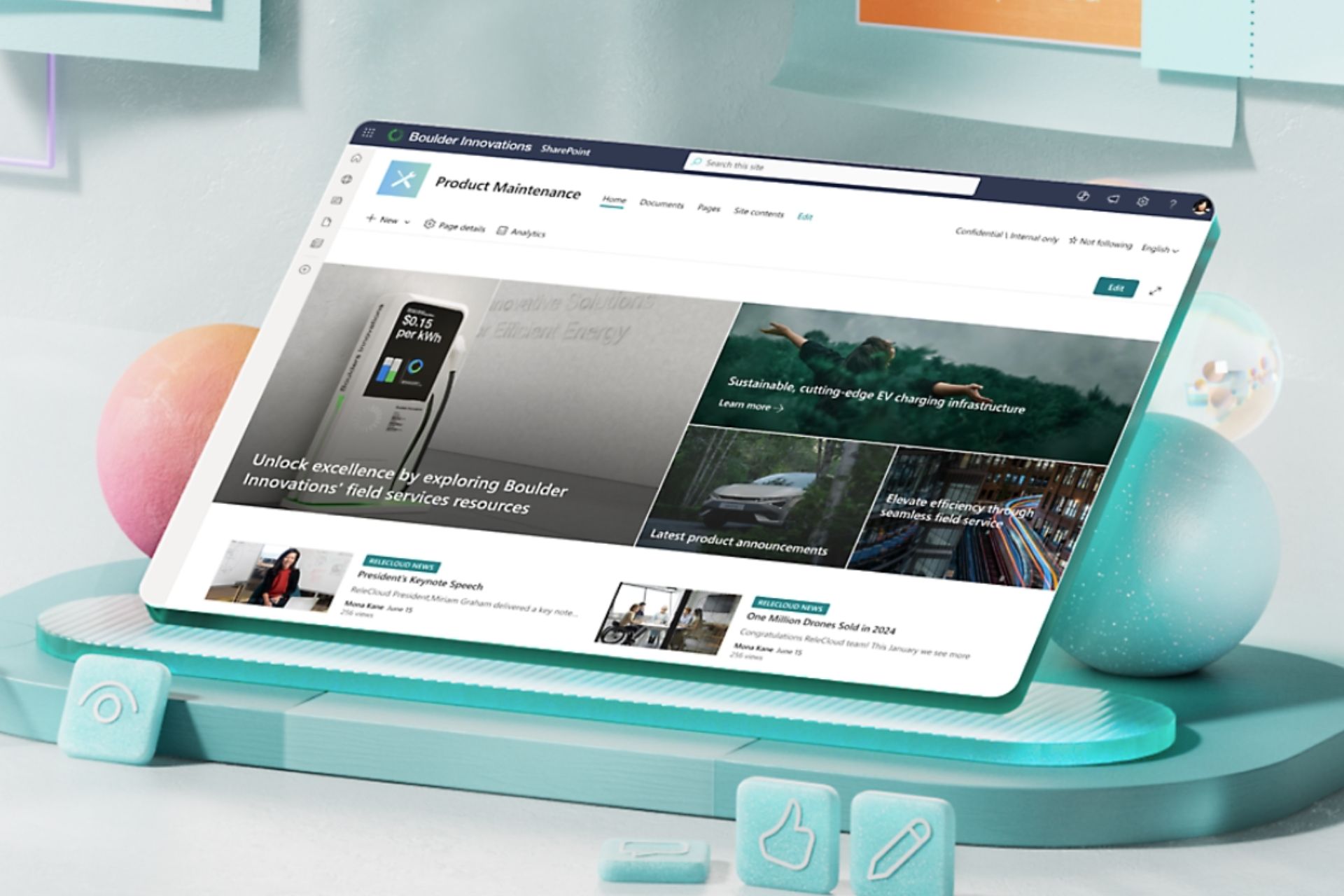
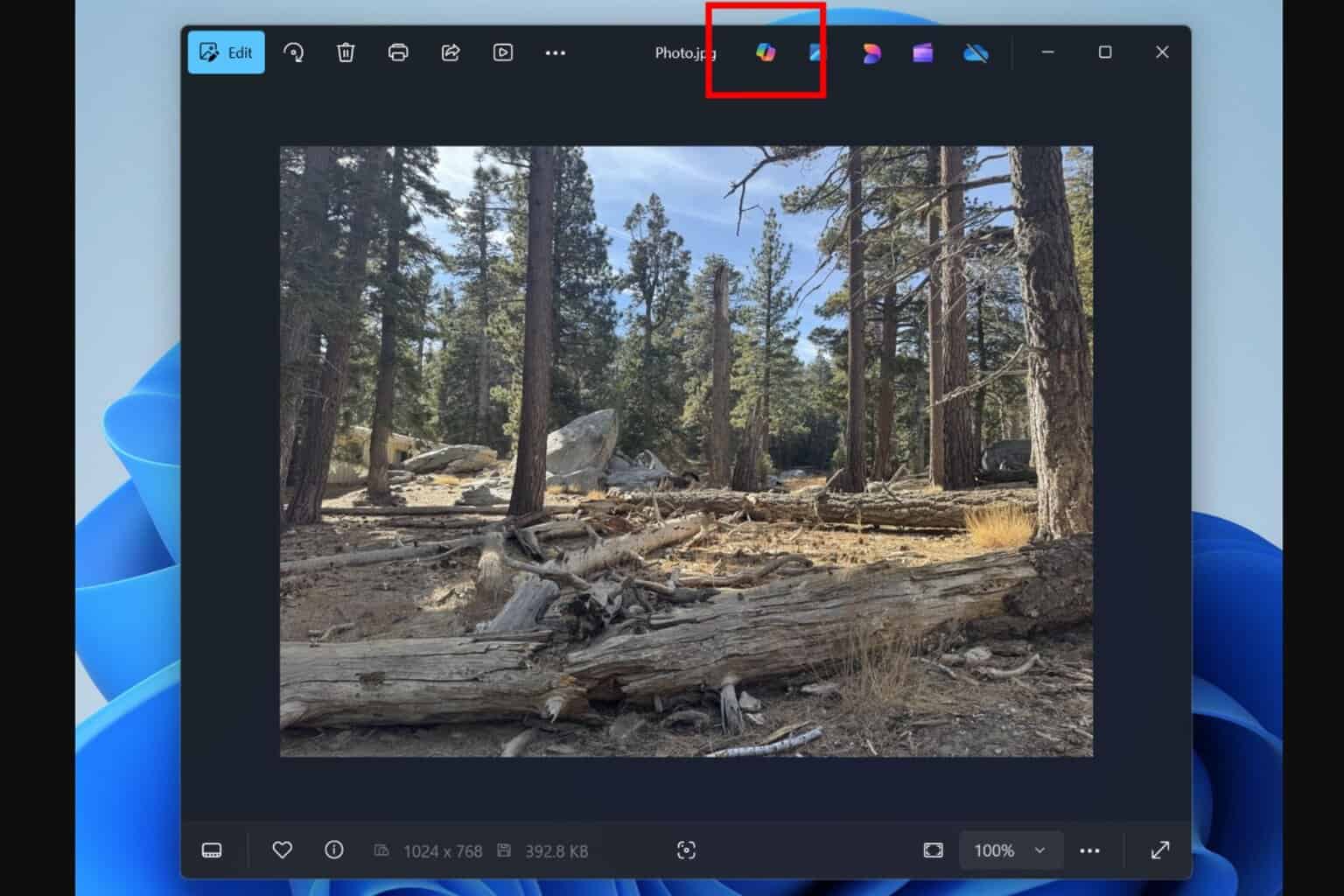



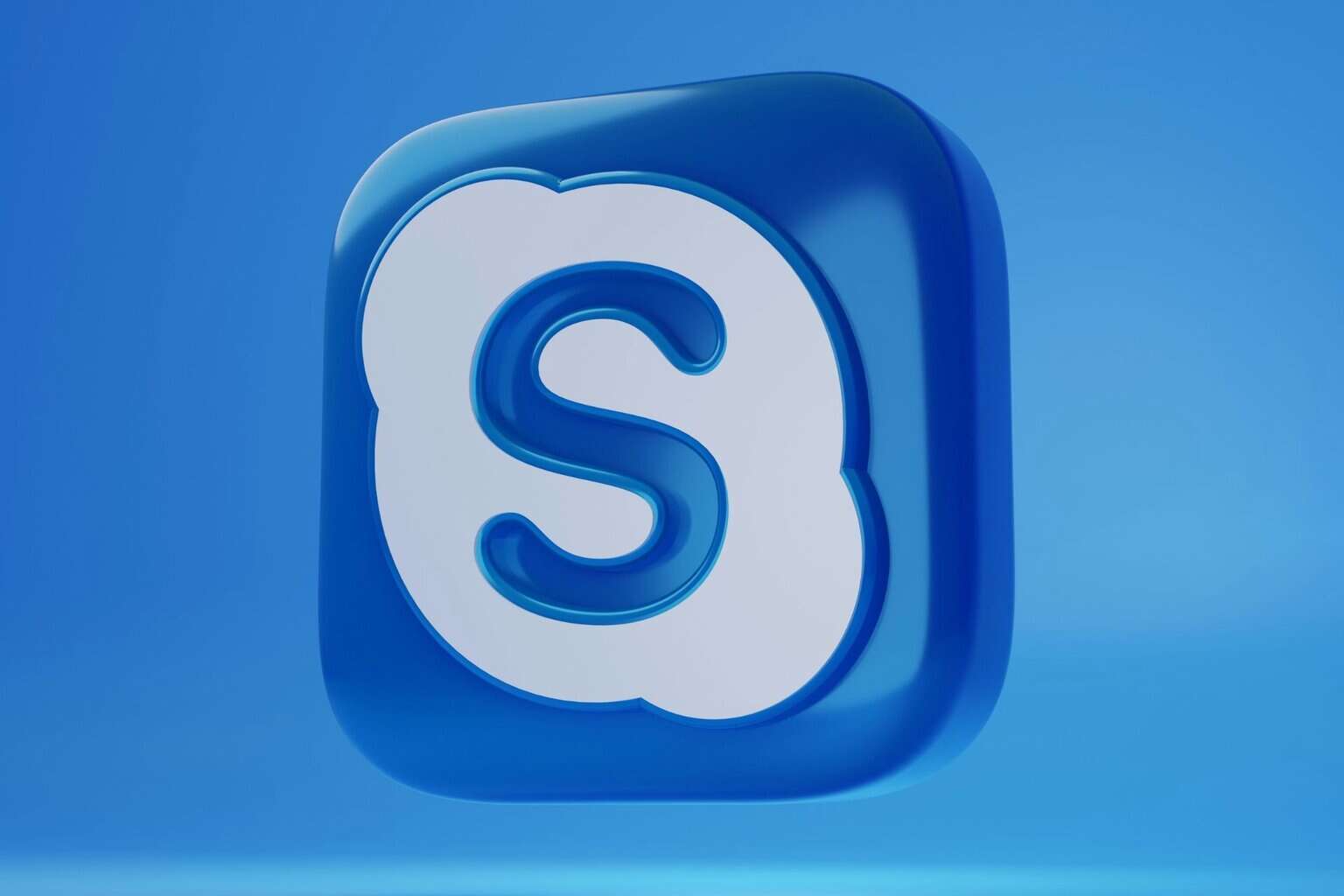
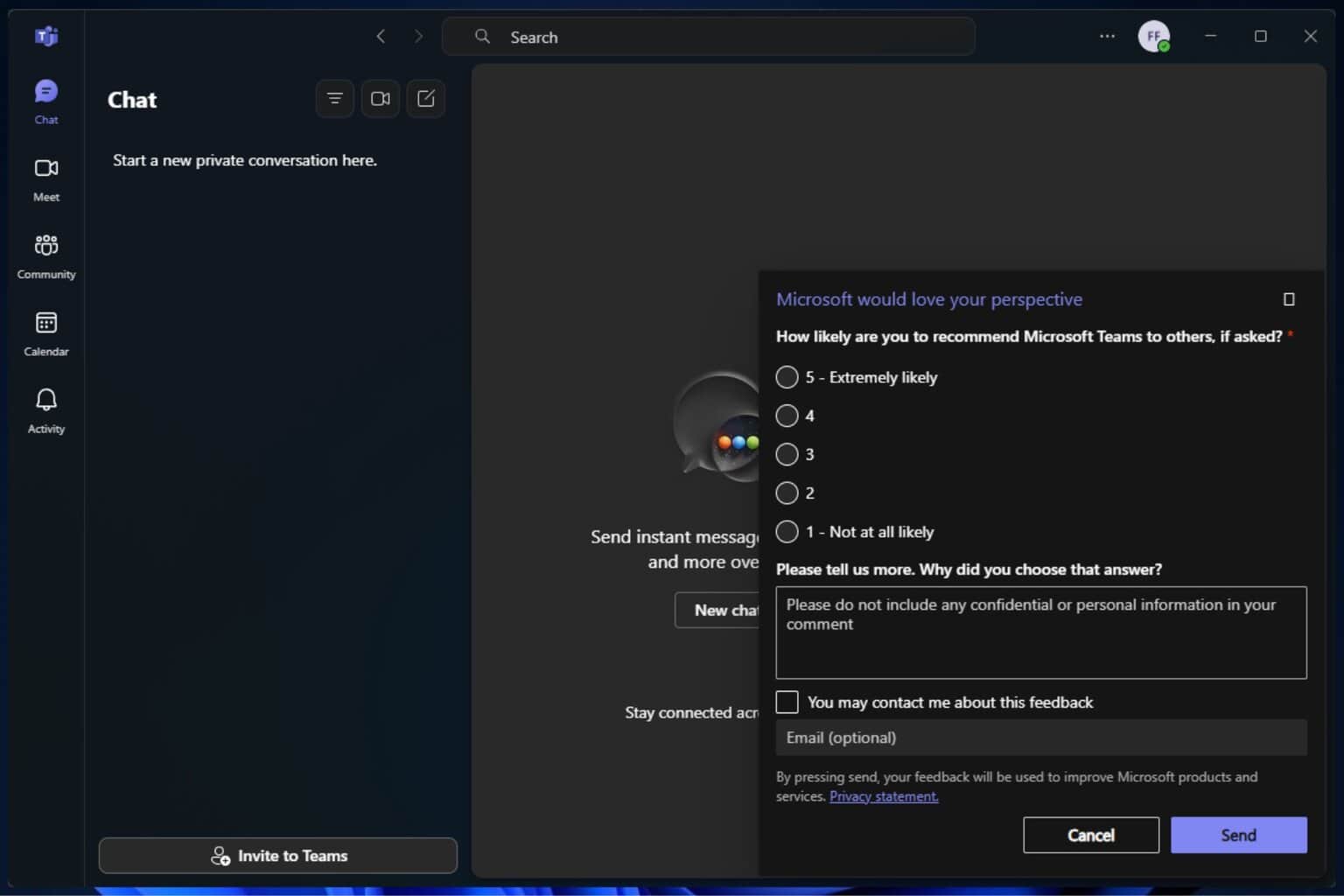
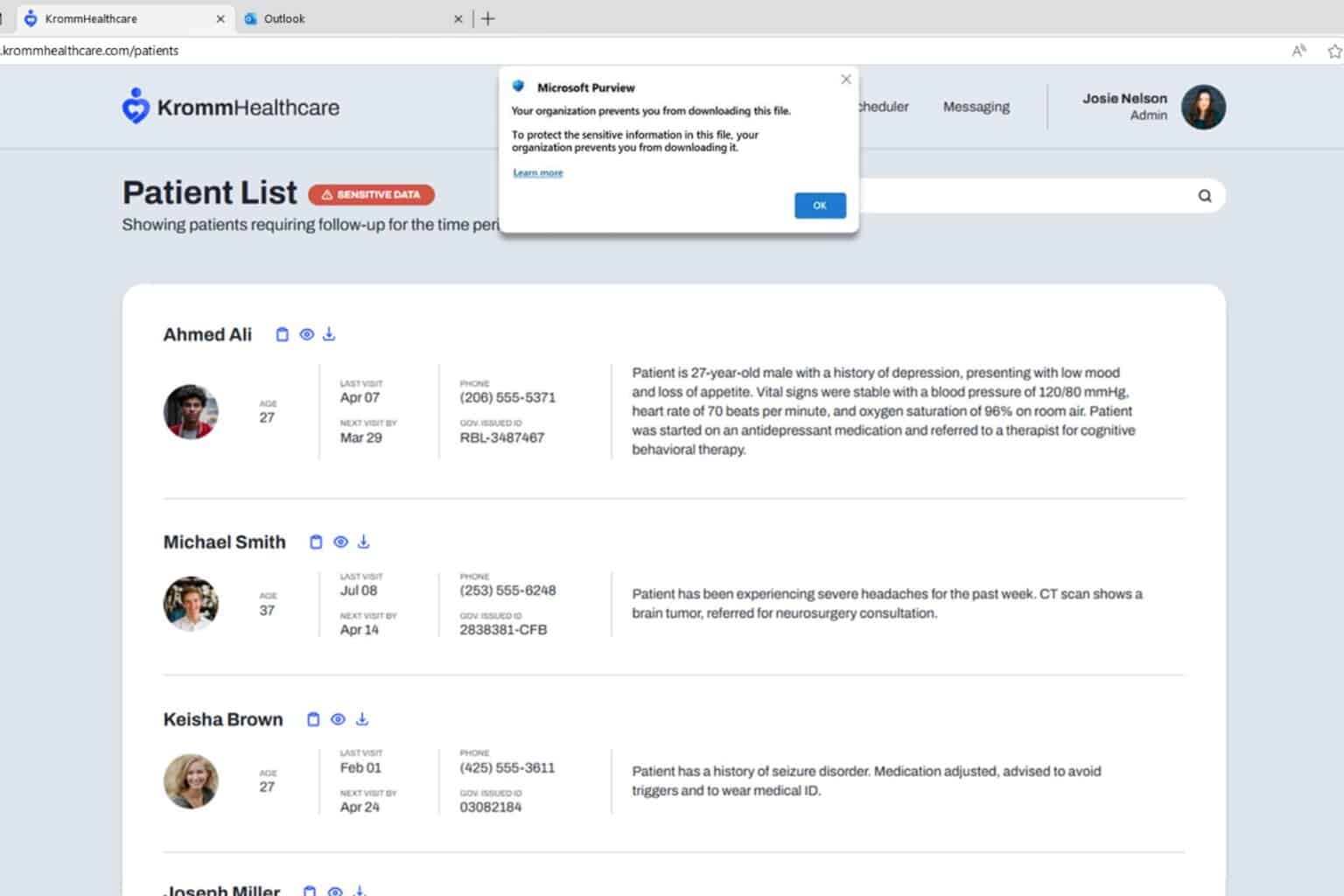
User forum
0 messages